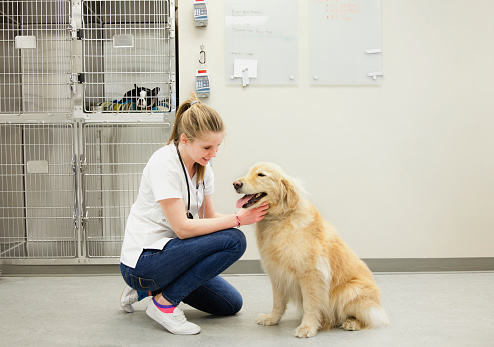Veterinary medicinal products (VMPs) also require safety monitoring to addresses the animal safety as well as vigilance for humans exposed to VMPs accidentally or otherwise. Several standards are applicable for reporting the adverse reactions, medication errors or events due to manufacturing/product defect.

It is indeed significant to correctly interpret these standards and reporting formats of different regions such as that of European Union (European Veterinary Pharmacovigilance Reporting Form for MAHs) and United States (Veterinary Adverse Drug Reaction, Lack of Effectiveness, Product Defect Report) which have their own reporting formats in PDF and for XML outputs.
Most of the reporting form fields are similar and overlapping; such as Center for Veterinary Medicine (CVM), Food and Drug Administration (FDA) has considered the revisions in FDA Form 1932 based on discussion with Japan and European Union as per International Cooperation on Harmonisation of Technical Requirements for Registration of Veterinary Medicinal Products (VICH).
However certain conventions related to region-wise reporting can be ascertained only on referral of detailed guidance on Pharmacovigilance reporting of Veterinary adverse event. Information as complete as possible is emphasized for proper assessment of the event.
References to Volume 9 are made in CVMP’s guidance on ‘Pharmacovigilance for veterinary medicinal products’. Likewise, 21 CFR 514.80 is referenced in CVM’s (FDA) guidance ‘Data elements for Submission of Veterinary Adverse Event reports to the Center for Veterinary Medicine’
Outlining FDA’s Guidance for Industry for VMPs
Both domestic and foreign sources are considered for reporting data, studies and additional information for New Animal Drug Application (NADA) and Abbreviated New Animal Drug Application (ANADA).
- Mainly, serious and unexpected adverse events are considered for 15 day reporting while all others are usually reported as periodic reports
- Separate conventions apply as indicated in specific fields in guideline i.e., the data entry in certain fields such as dates of exposure, age and weight of animals, no. of animals treated, no. of animals affected etc
- Reason for nullification (when case is nullified) has to be provided and is subject to further review by the Authority
Follow-Up Information Reporting:
For the 15-day NADA/ANADA submitted reports, follow up information should be actively pursued and if not obtained in initial three 3 months span, a follow up report needs to be submitted describing attempts made for follow up and why additional information could not be obtained.
Four valid criteria for considering original received date:
It is similar in line to that for human AE reports:
- An identifiable reporter
- An identifiable animal(s) or human(s)
- An identifiable VMP
- One or more adverse events
Medication errors in Veterinary products
- Medication errors (such as labeling or packaging errors or product name related errors) can be reported under the category of Manufacturing/product defect as currently no CVM regulatory reporting guidance exists for the same
- Medication errors without adverse events can be reported to alert the MAH of the potential AE which was just prevented
Lack of expected effectiveness (LOEE):
As per the definition of unexpected adverse drug event (ADE), all LOEEs would be categorized as unexpected and their reporting as expedited or periodic is dependent on how serious the AE is!
Reporting collective animal groups
Animal groups may be reported in a single report if the clinical signs are similar. The information related to group can then be detailed in narrative section
However, a separate reporting per animal is usually necessitated when there is variability and assessment of AE cannot be done precisely.
It is mentioned in the section Description of AE (under FDA form) that its applicability is limited to only animal reports. However, in the guidance there is a reference of physician’s assessment of health status if the AE relates to human exposure.
Hence, apart from the FDA Form 1932 (OMB 0910-0645) indicating that particular section fields are applicable only if animal is associated with the report, one has to refer to the field wise guidance details to avoid incorrect or incomplete reporting.
Certain fields for animal do hold applicable even for a human exposure and should be considered accordingly.
Sufficient information is provided to deal with complex conditions of reporting such as:
- When exposure involved many animals of different genders
- What all animal pertinent information is needed for a human exposure adverse event
- What to do when multiple species are reported
- Which areas can be notified in fields objectively and then be described in details in narrative section
- What all can be considered under Manufacturing/product defect section
For regular Pharmacovigilance updates, connect with us on LinkedIn
Contact Us for more details

